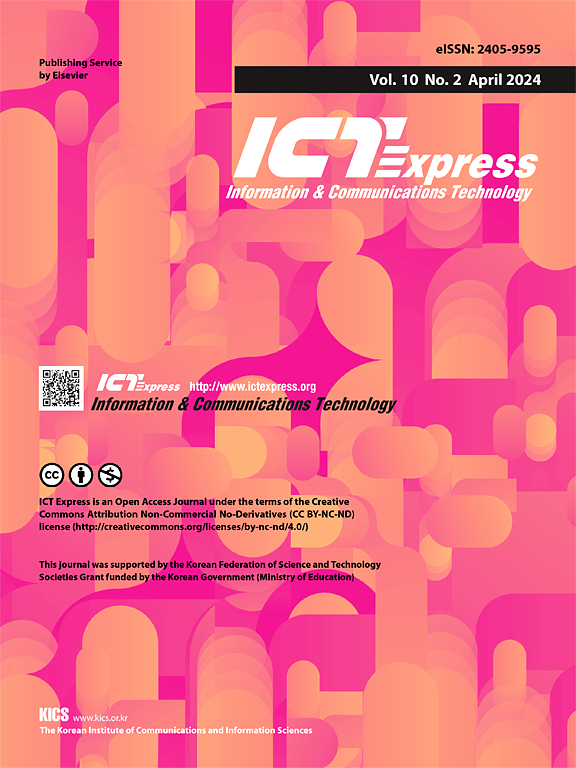Data-driven integrated sensing and communication: Recent advances, challenges, and future prospects
IF 4.2
3区 计算机科学
Q1 COMPUTER SCIENCE, INFORMATION SYSTEMS
引用次数: 0
Abstract
The integration of integrated sensing and communication (ISAC) with artificial intelligence (AI)-driven techniques has emerged as a transformative research frontier, attracting significant interest from both academia and industry. As sixth-generation (6G) networks advance to support ultra-reliable, low-latency, and high-capacity applications, machine learning (ML) has become a critical enabler for optimizing ISAC functionalities. Recent advancements in deep learning (DL) and deep reinforcement learning (DRL) have demonstrated immense potential in enhancing ISAC-based systems across diverse domains, including intelligent vehicular networks, autonomous mobility, unmanned aerial vehicles based communications, radar sensing, localization, millimeter wave/terahertz communication, and adaptive beamforming. However, despite these advancements, several challenges persist, such as real-time decision-making under resource constraints, robustness in adversarial environments, and scalability for large-scale deployments. This paper provides a comprehensive review of ML-driven ISAC methodologies, analyzing their impact on system design, computational efficiency, and real-world implementations, while also discussing existing challenges and future research directions to explore how AI can further enhance ISAC’s adaptability, resilience, and performance in next-generation wireless networks. By bridging theoretical advancements with practical implementations, this paper serves as a foundational reference for researchers, engineers, and industry stakeholders, aiming to leverage AI’s full potential in shaping the future of intelligent ISAC systems within the 6G ecosystem.
数据驱动的集成传感和通信:最新进展、挑战和未来展望
集成传感与通信(ISAC)与人工智能(AI)驱动技术的集成已经成为一个变革性的研究前沿,吸引了学术界和工业界的极大兴趣。随着第六代(6G)网络的发展,以支持超可靠、低延迟和高容量应用,机器学习(ML)已成为优化ISAC功能的关键推动者。深度学习(DL)和深度强化学习(DRL)的最新进展显示了在不同领域增强基于isac的系统的巨大潜力,包括智能车辆网络、自主移动、基于无人机的通信、雷达传感、定位、毫米波/太赫兹通信和自适应波束形成。然而,尽管取得了这些进步,仍然存在一些挑战,例如资源约束下的实时决策、对抗环境中的鲁棒性以及大规模部署的可扩展性。本文全面回顾了机器学习驱动的ISAC方法,分析了它们对系统设计、计算效率和现实世界实现的影响,同时还讨论了现有的挑战和未来的研究方向,以探索人工智能如何进一步增强ISAC在下一代无线网络中的适应性、弹性和性能。通过将理论进步与实际实施相结合,本文为研究人员、工程师和行业利益相关者提供了基础参考,旨在充分利用人工智能的潜力,在6G生态系统中塑造智能ISAC系统的未来。
本文章由计算机程序翻译,如有差异,请以英文原文为准。
求助全文
约1分钟内获得全文
求助全文
来源期刊

ICT Express
Multiple-
CiteScore
10.20
自引率
1.90%
发文量
167
审稿时长
35 weeks
期刊介绍:
The ICT Express journal published by the Korean Institute of Communications and Information Sciences (KICS) is an international, peer-reviewed research publication covering all aspects of information and communication technology. The journal aims to publish research that helps advance the theoretical and practical understanding of ICT convergence, platform technologies, communication networks, and device technologies. The technology advancement in information and communication technology (ICT) sector enables portable devices to be always connected while supporting high data rate, resulting in the recent popularity of smartphones that have a considerable impact in economic and social development.
 求助内容:
求助内容: 应助结果提醒方式:
应助结果提醒方式:


